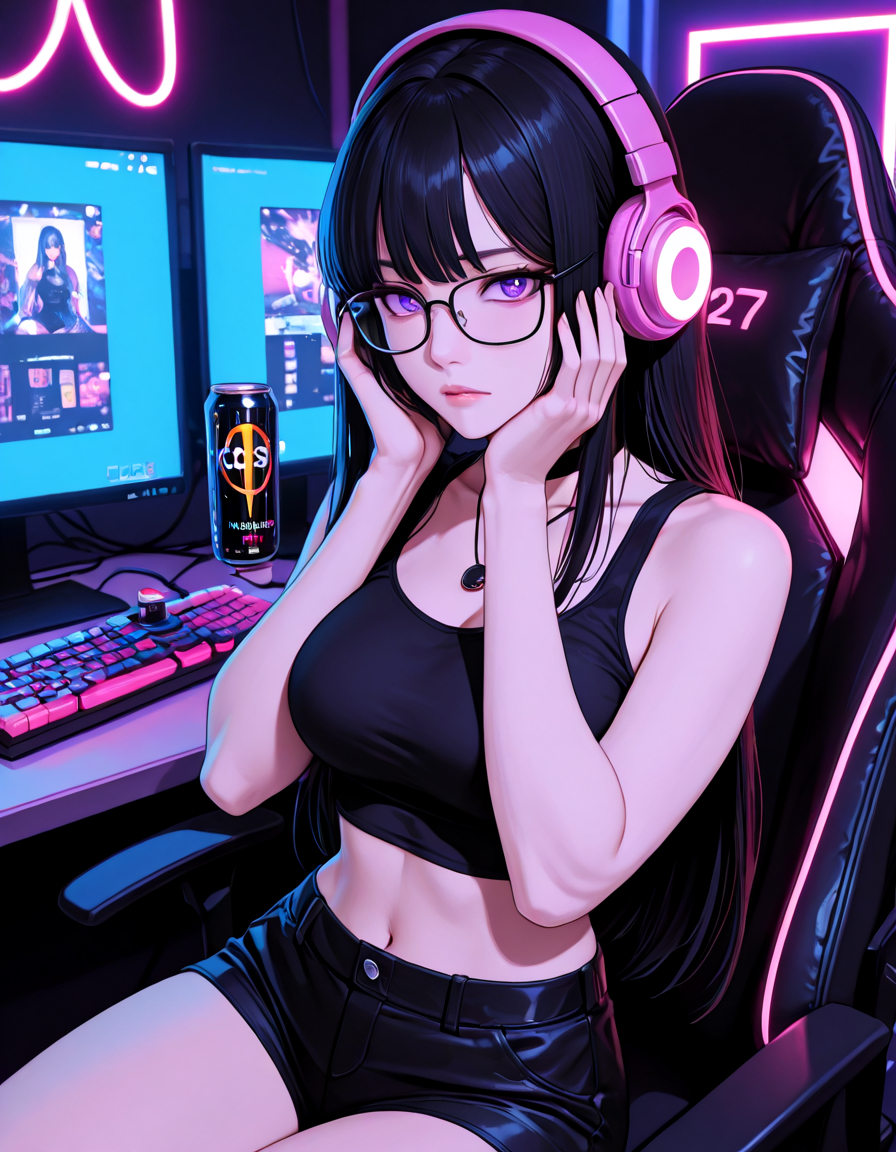
CS2 Gambling Addiction Psychology
The Unseen Battle of CS2 Case Addiction
I’ve been diving deep into the community conversations lately and there’s something that really struck me – how many players are quietly struggling with case opening addiction while pretending everything is normal. It’s wild how we’ll spend hundreds on virtual cosmetics while complaining about paying for actual game content.
What fascinates me is how the psychology works. That first hit of dopamine when you unbox something rare creates this feedback loop that’s harder to break than any competitive match. I’ve seen players who can’t spray control properly but know every knife skin’s market value by heart. The priorities get so twisted when gambling mechanics enter the picture.
The community debates around terminals versus traditional cases reveal this cognitive dissonance we all experience. We know the odds are terrible, we’ve seen the statistics, yet we’ll defend our preferred gambling method like it’s somehow different. Terminal defenders claim it’s better because Valve sets prices, while case enthusiasts swear by the traditional slot machine approach. It’s all the same addiction wearing different skins.
What really gets me is how new players get initiated. Brothers convincing siblings to buy armory passes before they learn basic mechanics, kids who know more about fade percentages than map callouts. The normalization of gambling in gaming spaces has created this bizarre ecosystem where financial literacy takes a backseat to lucky unboxing stories.
I’ve noticed the coping mechanisms too – players buying books about money psychology to curb their spending, creating spreadsheets to track their losses, pretending their addiction is just ‘being part of the hobby.’ The community support is there, but it often enables rather than helps. We celebrate the big wins while ignoring the thousands of dollars lost in silence.
The most concerning part? How this affects player retention. Newcomers get funneled into gambling before they experience actual gameplay depth. They meet toxicity, encounter questionable business practices, and learn that success is measured by inventory value rather than skill improvement. No wonder trust factor issues and cheating become rampant when the core experience gets overshadowed by cosmetic obsession.
We need to have more honest conversations about this. Not just memes about gambling addictions, but real discussions about healthy engagement with these systems. The community creative energy could be channeled into so much more than skin creation – map design, game modes, tutorial systems. Yet we keep circling back to the shiny objects because that’s what gets the dopamine flowing.
Maybe it’s time we acknowledge that while skins are fun, they shouldn’t define our relationship with the game. The real value comes from those clutch moments, the team coordination, the skill development – not the color of your virtual knife. Let’s focus on building each other up as players rather than investors in digital cosmetics.